Design
17 min read
Top 30 Design and UX Trends 2020
Design is always evolving and similarly to fashion, old trends often come back. For example, flat design was the king of UI and UX in the last decade, but it seems it’s finally (and regretfully for all UX experts!) taking a back seat.
Since we do this for a living (cough, cough) and we live and breathe design, UX and growth, here’re our predictions what we believe will be hot in the world of design in 2020.
How do we know this is true? We simply follow trends outside the design community – marketing, growth, product & branding where the clues are hidden.
The first three trends have already been discussed on our Instagram page, so you can also watch our short Insta video if you prefer.
1. Voice User Interface (VUI) Explosion
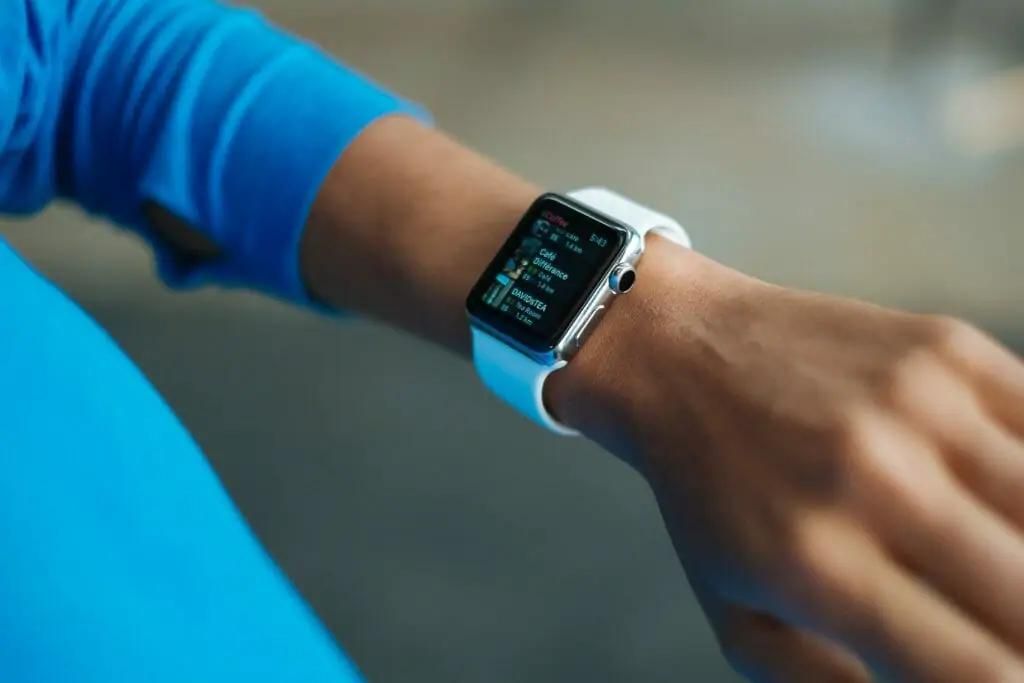
The global Speech and Voice Recognition Market is projected to grow 5 times by 2026, penetrating into every single industry. It’s sometimes wrongly assumed that Voice User Interface Design is designing only for Google Assistant and Alexa, you can see examples of voice user interface design on your phone, wearable, tv, smart home technology items and pretty much on all new devices.
The bad news is that voice user interfaces are very different from graphical user interfaces and they’re very tricky to master, as they require an understanding of basic human communication, behavioural patterns, psychology, etc. The good news is that there’re no many specialists just yet and if you want to grow in this field, now is the time to jump on the boat.
2. Isometric Illustrations
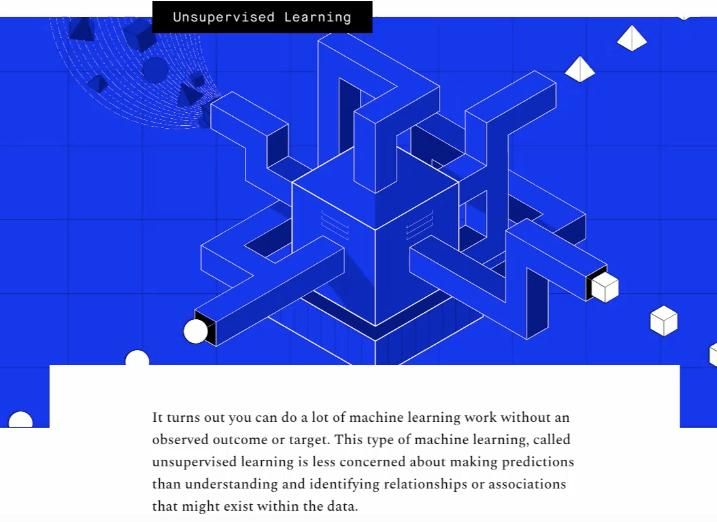
Isometric illustration and geometric shapes have been popular for some time, but in 2020 we’ll be seeing even more examples of 2D and 3D illustrations. If flat design is not completely gone, it goes well with 2D graphics, so the transition will be smooth. Not many people know that isometric drawings are not genuine 3D drawings, they’re made in 2D and a considerably easy to create.
What we love even more about isometric illustrations is that they add a pinch of futurism to the design work which is also a hot trend at the moment.
3. Organic look and feel
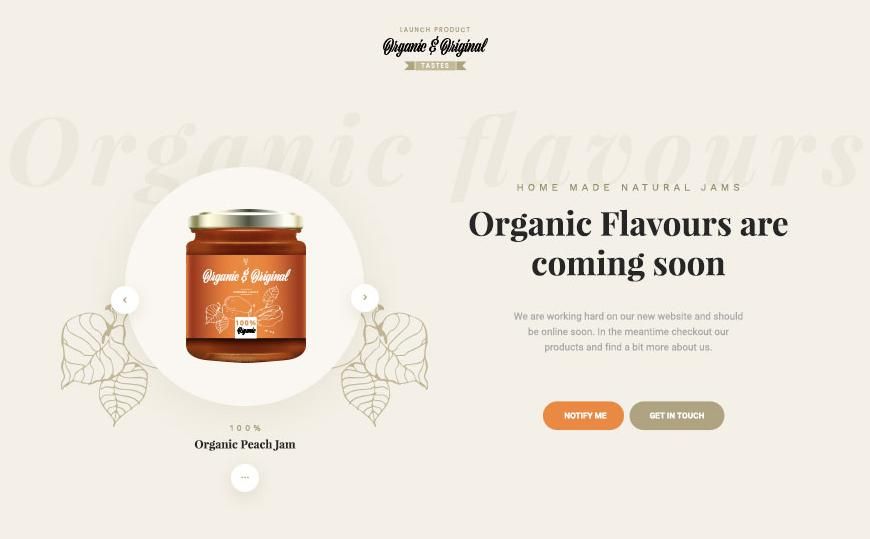
Digital and Product design always reflects social trends, so no surprise we’ll keep seeing more examples of designs that convey the message for organic products and sustainable living. In terms of UI, this means;
- earthy, warm, pastel colour palettes
- hand-drawn and simplistic illustrations
- clean, naturalistic icons, with elements such as animals, trees, flowers, birds
- the look and feel of a hand-made product.
We’ll be seeing rich meaning offered in simple designs. And that’s not easy to nail!
4. Typography craziness
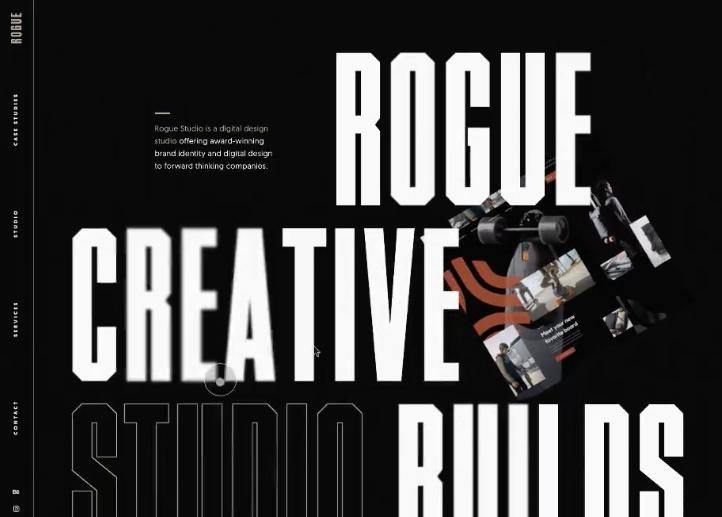
Less is more has always been on-trend when it comes to choosing the right typography. Combining the right fonts is almost science, but in 2020 we will see things getting a bit out of control. Expect – big & bold fonts combined with futuristic styles, fonts influenced by the 70s and 80s and hand-written fonts making a comeback. We’ll also be seeing more brands investing in their own fonts.
5. Super minimalistic landing pages
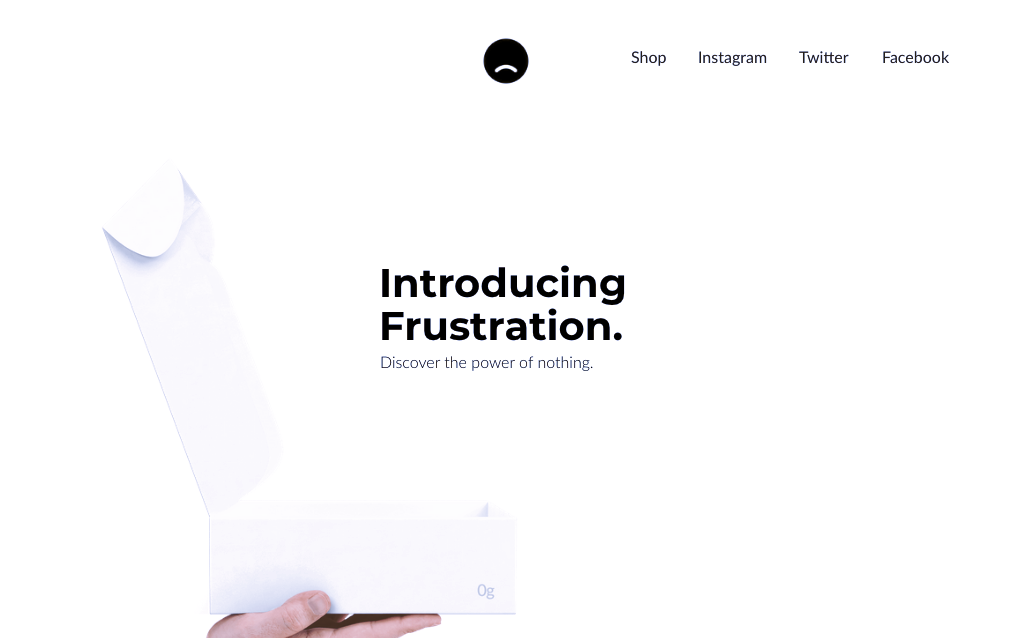
OK, we know that’s a bit contradictory with the statement that flat design is taking a back seat, but we strongly believe that the Design world will witness a record variety of styles and aesthetics.
A new era of minimalism is coming – monochromatic designs will be getting even more popular, designers and founders will be looking for a way to spice up the traditional flat design. This means super minimalism.
6. Lazer-focused consistency across all channels
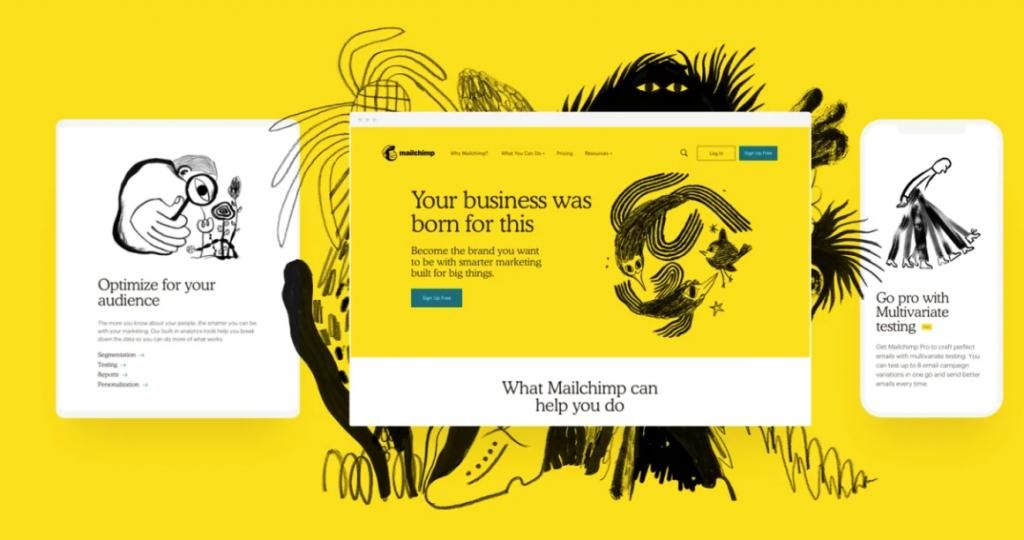
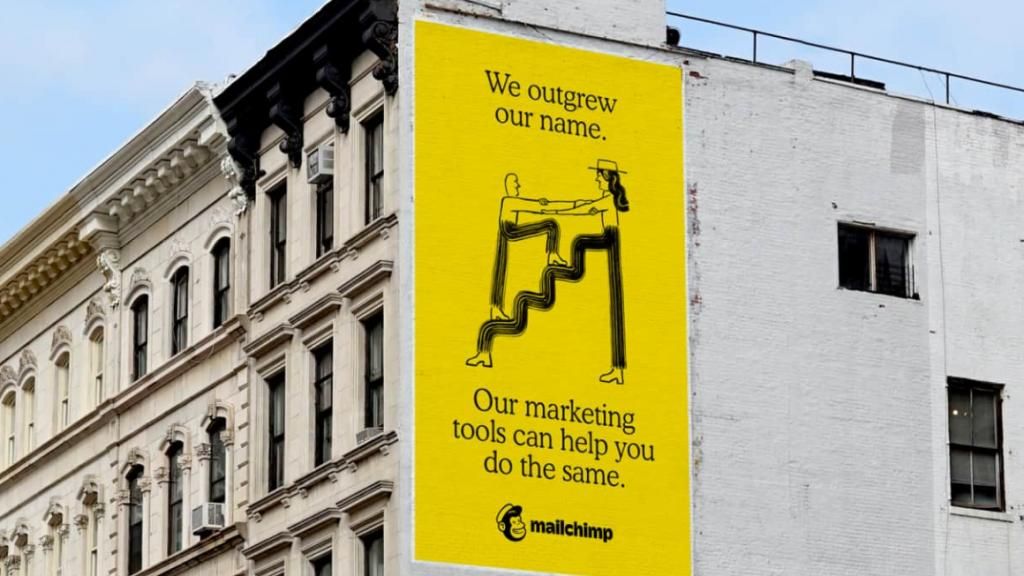
That’s not something new, but more and more marketers will be seeing the value of consistent design and branding across all your channels and that’s not gonna be valid for the big guys only. Thanks to the more accessible design tools that the last few years brought, now every social media manager can design branded content.
7. Neon colours
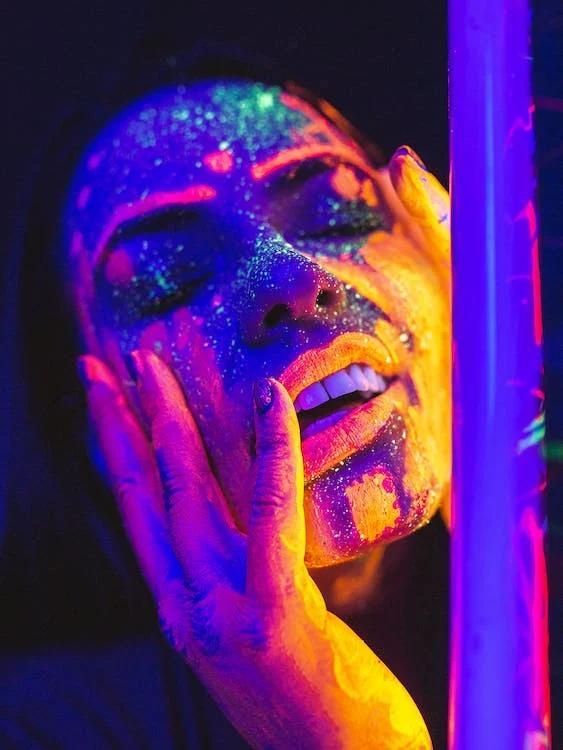
Ultra-neon was the trend for autumn/winter 2019-2020, so we believe it will continue throughout the rest of 2020. So forget about balance – go all pastel or all ultra-neon, for stronger brand recognition.
8. UX copy as important as design
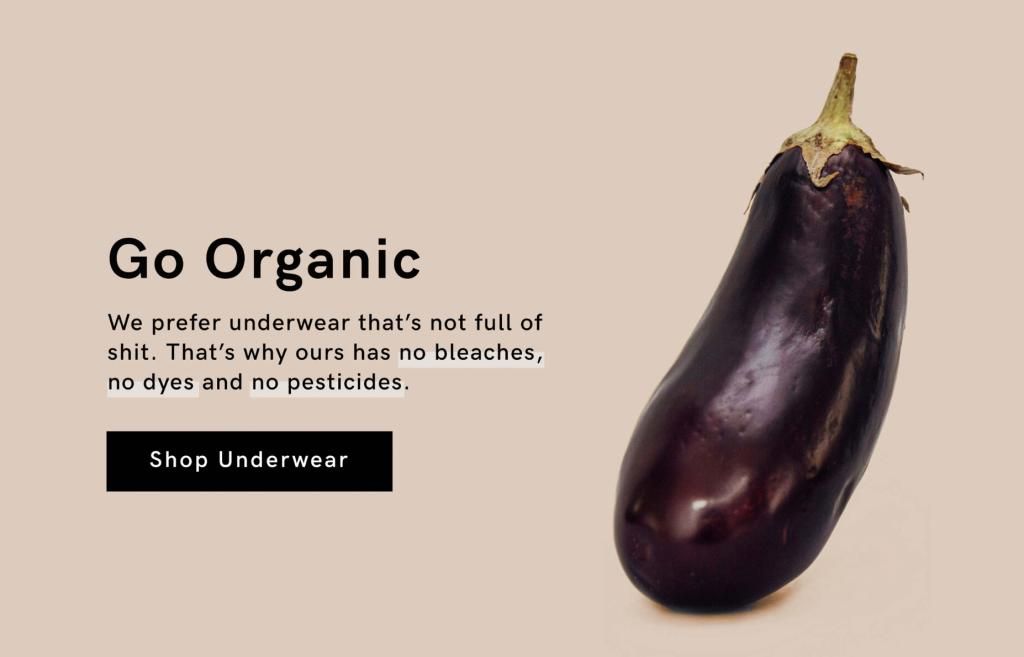
We’ve been repeating this over and over again, but in 2020 it won’t be just the design studios and the UX/UI experts recognising the importance of strong micro and UX copy. Wording can make or break a brand, so most startups will start investing in professional UX writers to craft their tone of voice. “Quickly writing the website copy because the designer is waiting” will be a thing from the past. The trend will go even further – design will revolve around content, copy won’t be an afterthought in the design process.
9. More focus on personal branding

Just open your Instagram and you’ll see hundreds of experts and wannabe stars. Blame Gary Vee if you’re not happy with this trend, but personal branding has never been stronger and the line between person and brand will be getting thinner. This will inevitably create new design approaches, many entrepreneurs are trying to find the right balance on their website and social channels.
10. Honest, natural photography
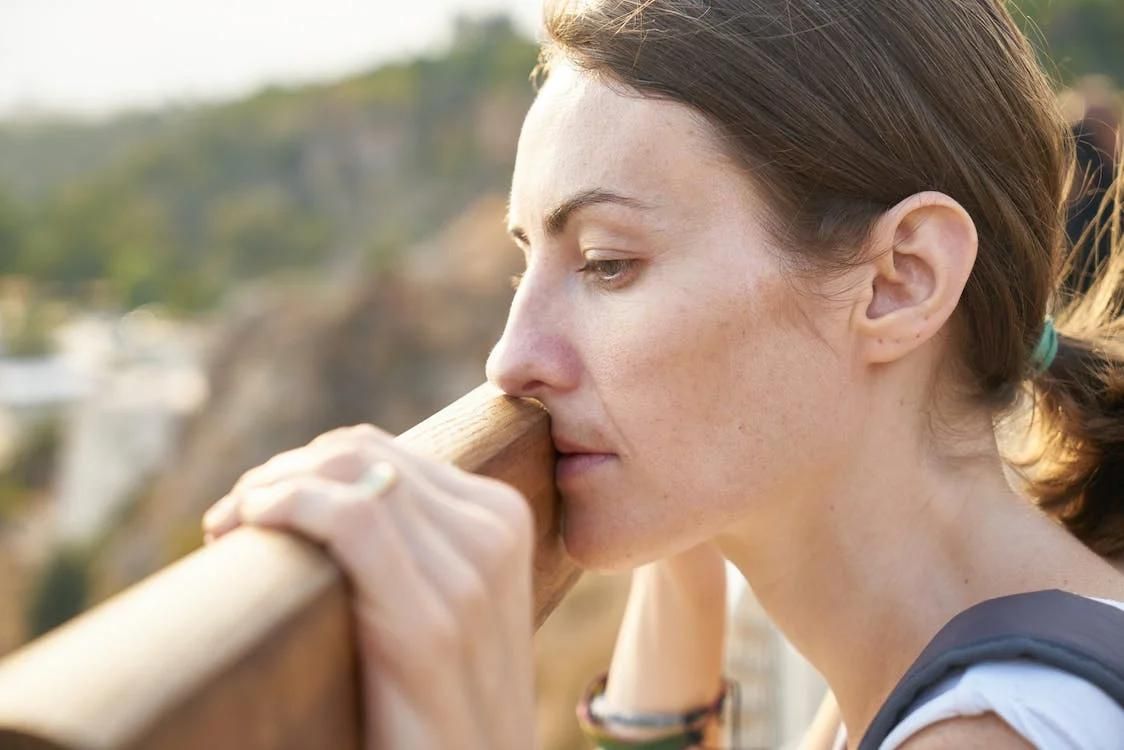
Directly related to point 3 above, we’ll be seeing less staged photography and compositions, and more natural-looking humans. This will be especially valid for brands that want to tap into the “open & honest” trend that will keep growing in 2020. Even beauty brands will turn to more real people rather thаn going with the traditional perfectionist look.
11. Trust and transparency
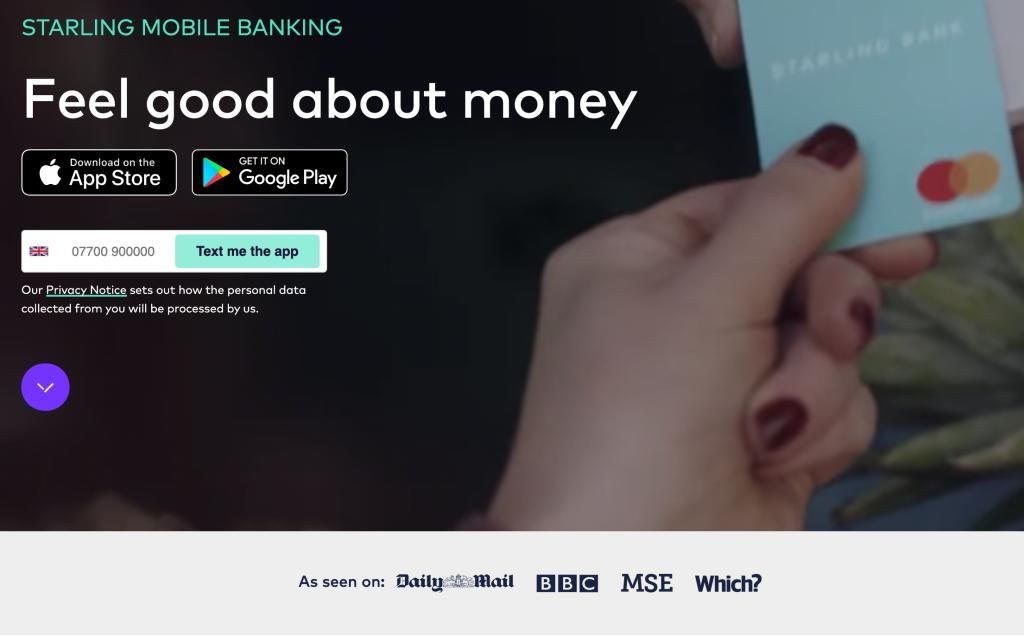
You see a trend here, don’t you? Think about TikTok videos and successful Instagram accounts – brands and key influencers are not scared to show their imperfections, aiming for their audience’s trust and loyalty. We will see this turning into a new brand trend where being “naked” (not literally!), open and inclusive will be becoming a norm.
12. The rise of the Design System
Design Systems have been around for years, but they’re more talked about rather than used. There’re a number of reasons why they haven’t been adopted as much as it should, but with the industry maturing year by year, we now have enough design leaders who have seen the value of having a robust design system and will start implementing it correctly. It’s not about the system, everyone can create it, it’s about the process of adoption.
This will help companies save time, resources and it will up their design game.
13. Growth design will keep growing

In 1997 we were designing to make things look pretty.
In 2007 we were designing to make the user love the product. UX exploded.
In the 2020's we are designing for user and business growth.
In the next decade, design will be equally focused on user engagement metrics and business outcomes, it’s not only about how it works, but what’s the value of it for the business. Digital designers will be becoming more product and business people, rather than just artists, and they will be required to have a broader spectrum of skills. So make a note of the term “growth designer“, you’ll be hearing it quite a lot.
14. Even more video
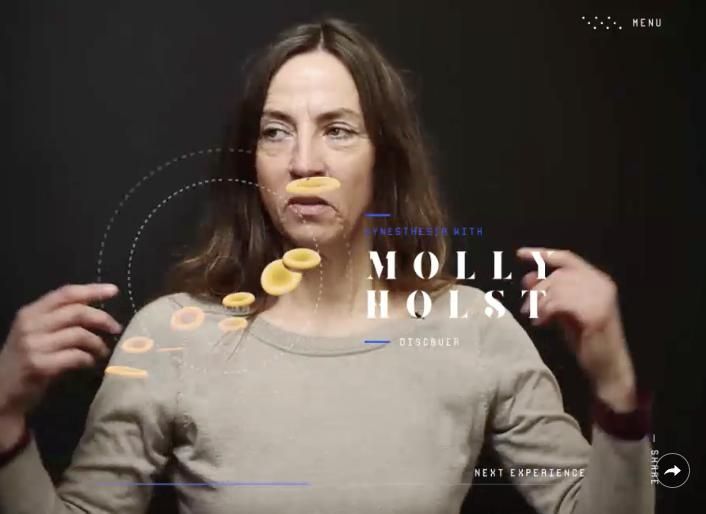
83% of marketers report that video content is becoming more important and the famous Fary Vaynerchuk claims that if you’re not producing video content you might be out of business in the next few years. This means – more animation, video editing, and video integration skills will be required; designers should think of creative ways to integrate video content into product and landing pages, website homepages, etc.
15. Better social feeds integration
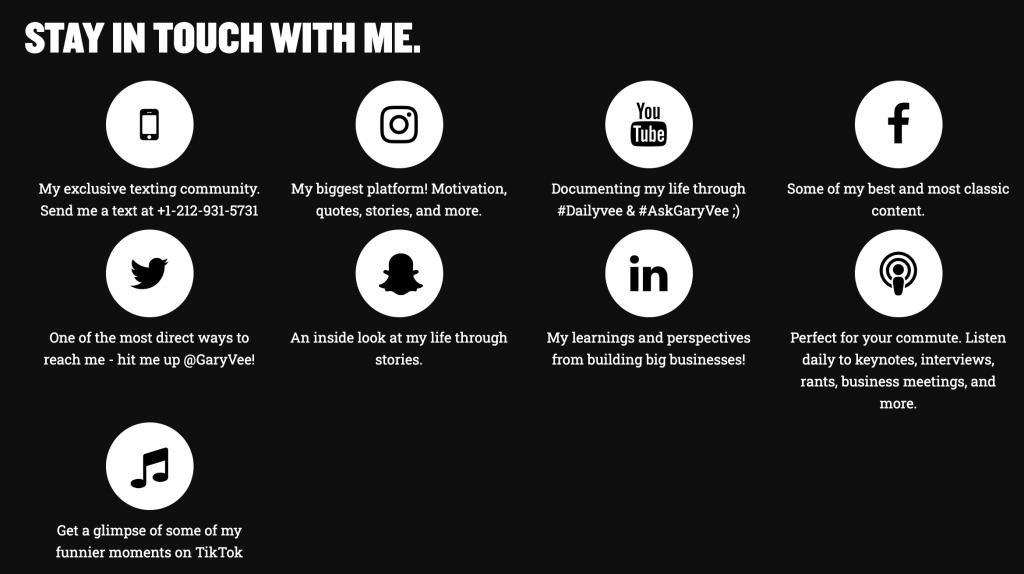
Websites pageviews and visits have become vanity metrics as users engage with brands content on all sorts of channels.
The fight to keep everything on our website is over, we lost it. Think Medium and LinkedIn Authors.
The design challenge is how we merge the content from all channels and use it on our domain so we can amplify its value.
16. Storytelling
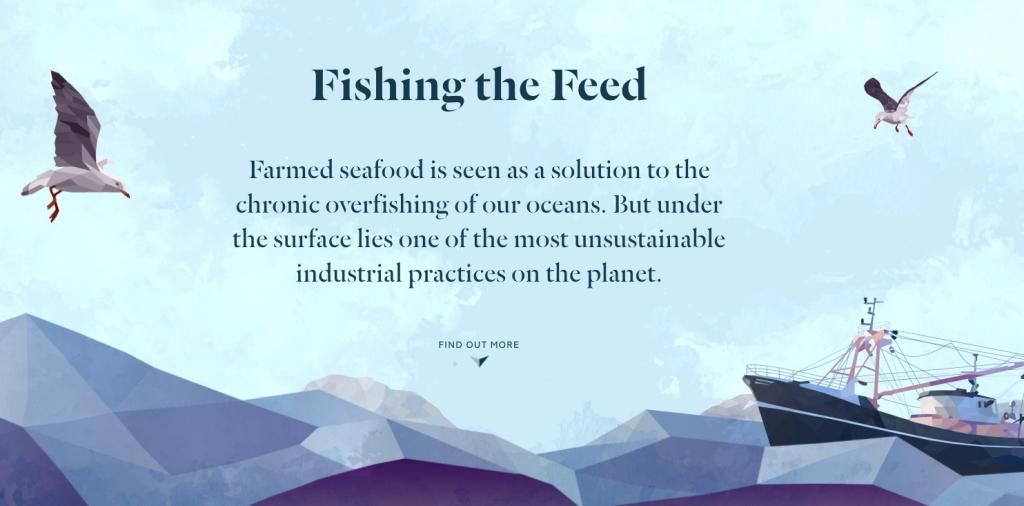
If a brand can’t tell a story, it’s not a brand.
Design follows this example – with the increasing number of brands trying to tell a story with their designs, we expect more examples of continuous design elements that form a story.
17. Delightful microinterations
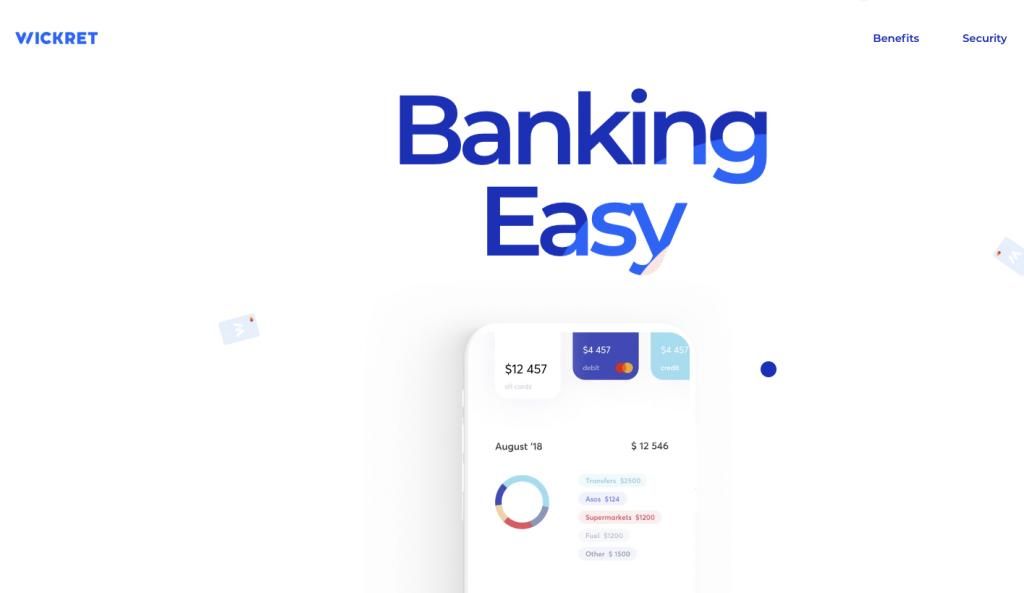
We expect more attention to microinteractions and UI elements aiming to delight the user. In 2020, discrete animations don’t compromise the UX, designers will be creating animated UI components that will be enhancing the user experience even more.
18. Creative loaders and 404 pages
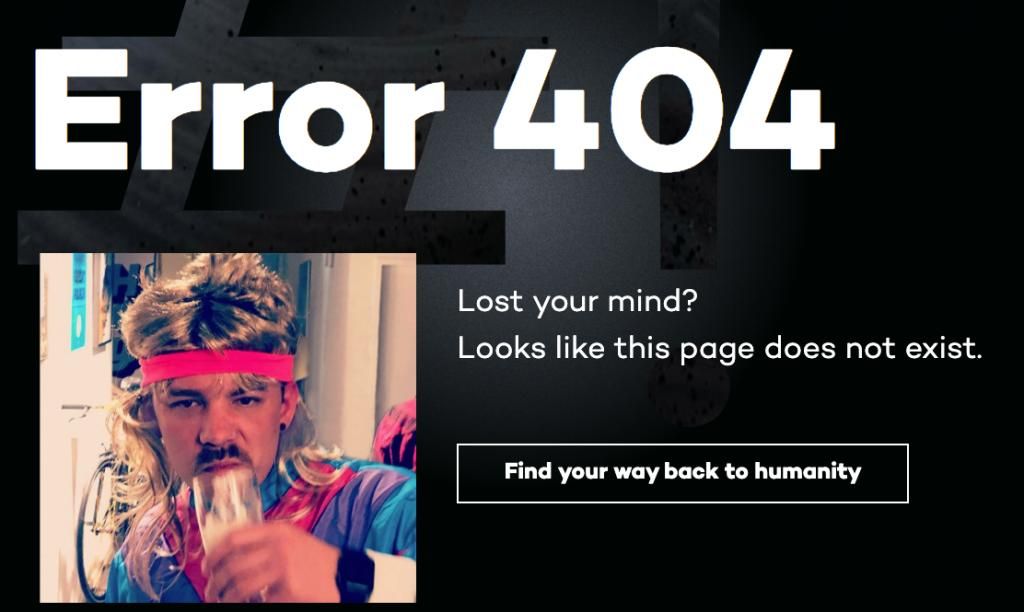
This trends has been around for some time, but it hasn’t taken off as much as we expected to. Some suggest that loaders will disappear soon – well, not yet, my friends, not yet. To decrease churn, designers will be inventing new, creative ways to retain users when they’re not finding what they’re looking for.
19. Data-driven design
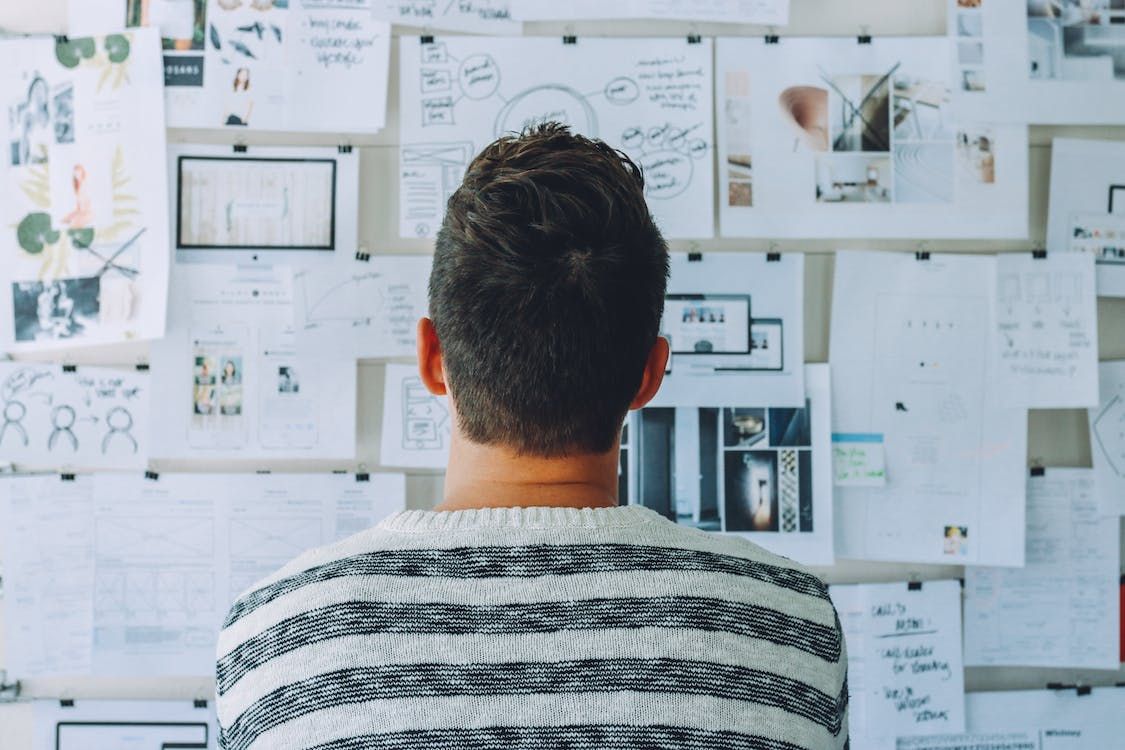
Designers avoid data because they don’t have the inherent knowledge of data analysis, like product leads and developers. With the rise of growth teams, design decisions are getting more data-driven and designers have realised the need to broaden their skill set. A/B testing, growth experiments, usability optimisation, even design empathy methods require basic data analysis skills, so we’ll be seeing less opinion-based design decisions and more data-backed design projects.
20. User personas will give their front seat to “jobs”

Many argue that personas are becoming useless components of the UX process, often taking too much time and resources and then never used properly. Although we don’t completely agree and believe in the value of creating user personas when designing a new product or redesigning for growth (watch this video how you can create personas in 4 days), we agree that Jobs to be Done has become a more useful approach.
Personas are focused on common user characteristics, which is not always giving you enough context on how to design a product, while “jobs” are leading us in the right direction to identify what users want to achieve and why they’re using the product. Using the JTBD theory we’re grouping users based on common goals and needs, not demographic characteristics which is much more powerful and result-driven.
21. Textures are making a comeback
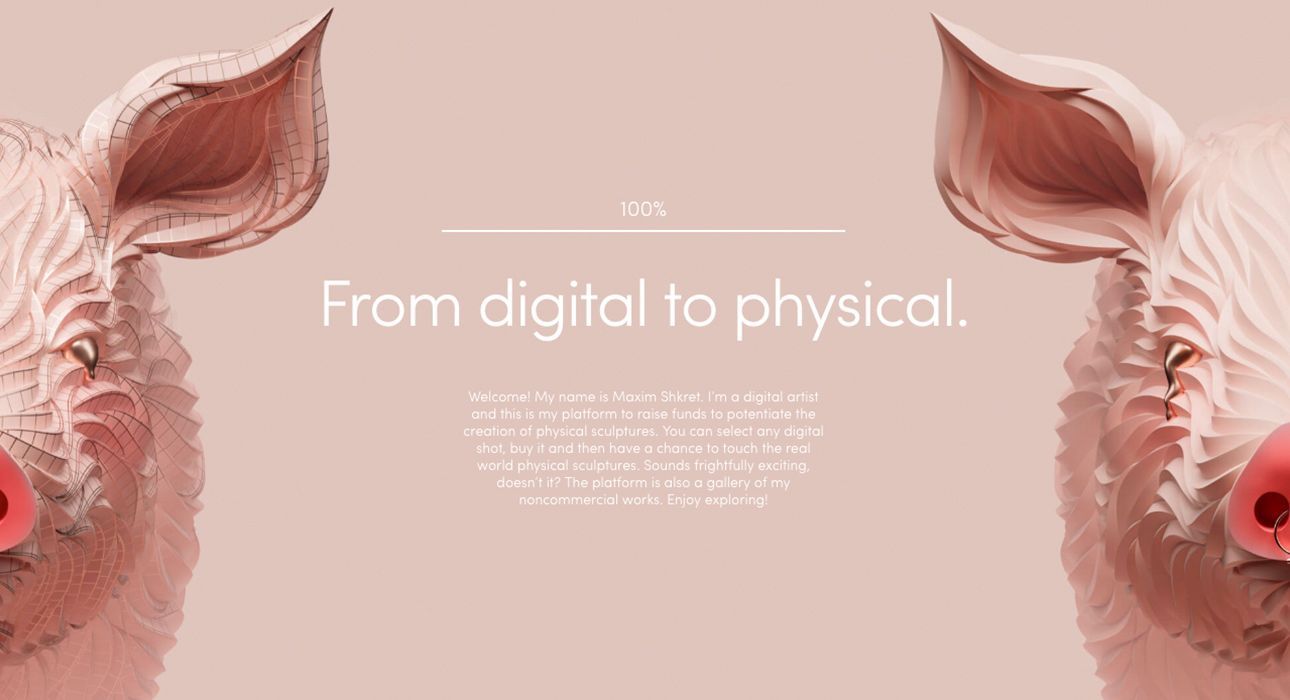
Hand in hand with the isometric illustrations, we believe that deeper textures and almost-real illustrations will be becoming trendier. We can’t wait to see what the illustrators community will be producing in 2020.
22. Branding will matter even more
Many products are (almost) the same, they rely on branding, marketing strategy and USP statements to differentiate themselves. In the early 2000s, technology managed to break this trend and we were seeing great, useful tech products with disastrous UX and UI design. It was “cool” to build an MVP with mindblowing engagement, looking like an 8-year-old kid built your homepage.
Well, this is gone. Forget about making an impact in 2020 and engaging users looking like s..t. The user expectations have evolved and with the abundance of app and services, only the best are worth taking space on your phone. We’re back to the times when branding is half your product and this trend will only keep growing.
23. Yellow is the new cyan
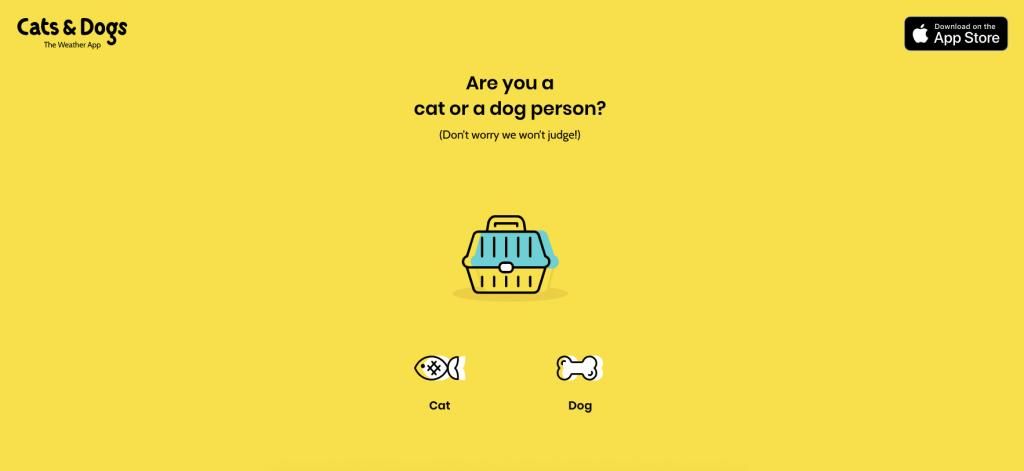
Remember when every other product was going for the greenish-blue beauty, called cyan. Healthcare, finance, pet care, delivery, cosmetics – you name it, it was an absolute craze. Don’t get us wrong, we absolutely love it but as every overused design trend its impact diminishes when everyone is using it.
So the next colour addiction in 2020 will be yellow, just wait and see. Positive, vibrant, dynamic and memorable, companies will be choosing yellow as their primary colour for months to come.
24. Street art style
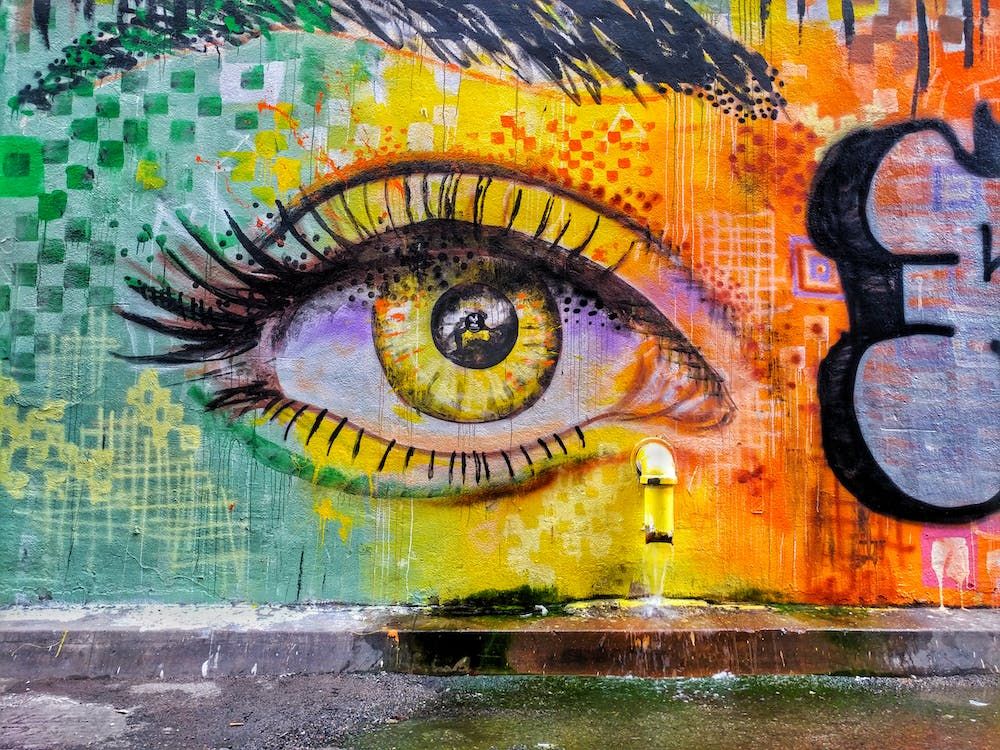
The ethos of the DIY style resonates with many young brand strategists and designers, and with so many new tools facilitating the production of all design styles, you won’t need Banksy to have the perfect street art inspired branding. Just check Dribble and Instagram. Another strong indicator that the graffiti trend will be having a strong year is the countless street art festivals and punk-inspired events, so what’s in people’s minds will be on their sites.
25. Data coming to life
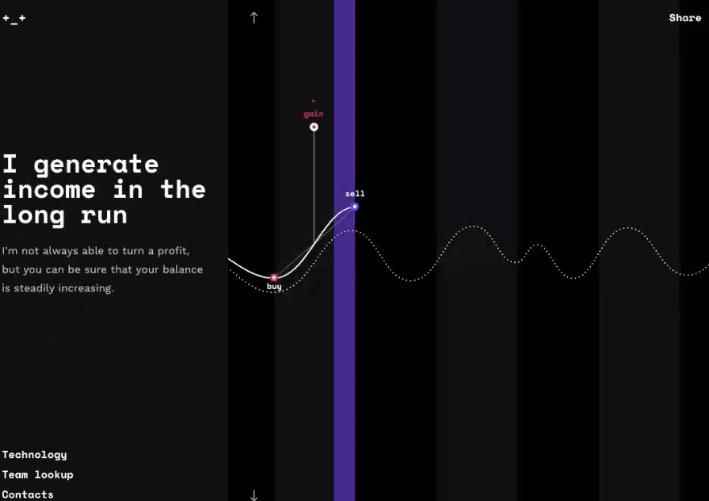
Many companies are relying on data and AI as their main USP and differentiator. For this reason, they’ll be looking for even more engaging ways to demonstrate this expertise, so roll up your sleeves and start experimenting with data visualisation tools and techniques. Too much to learn? That’s ok, you can achieve the same effect with short animations, but just keep in mind that the industry will need more creatives in this field.
26. Testing will become a norm for everyone
The growth hacking model – constant rapid experimentation and testing is penetrating into all organisation’s departments and verticals. Design changes, regardless of whether they’re coming from a growth team or not, will be based on test results and data (see point 19 again). The key here is to master the speed at which you’re experimenting so the design process remains efficient.
27. Social media lenses & gifs
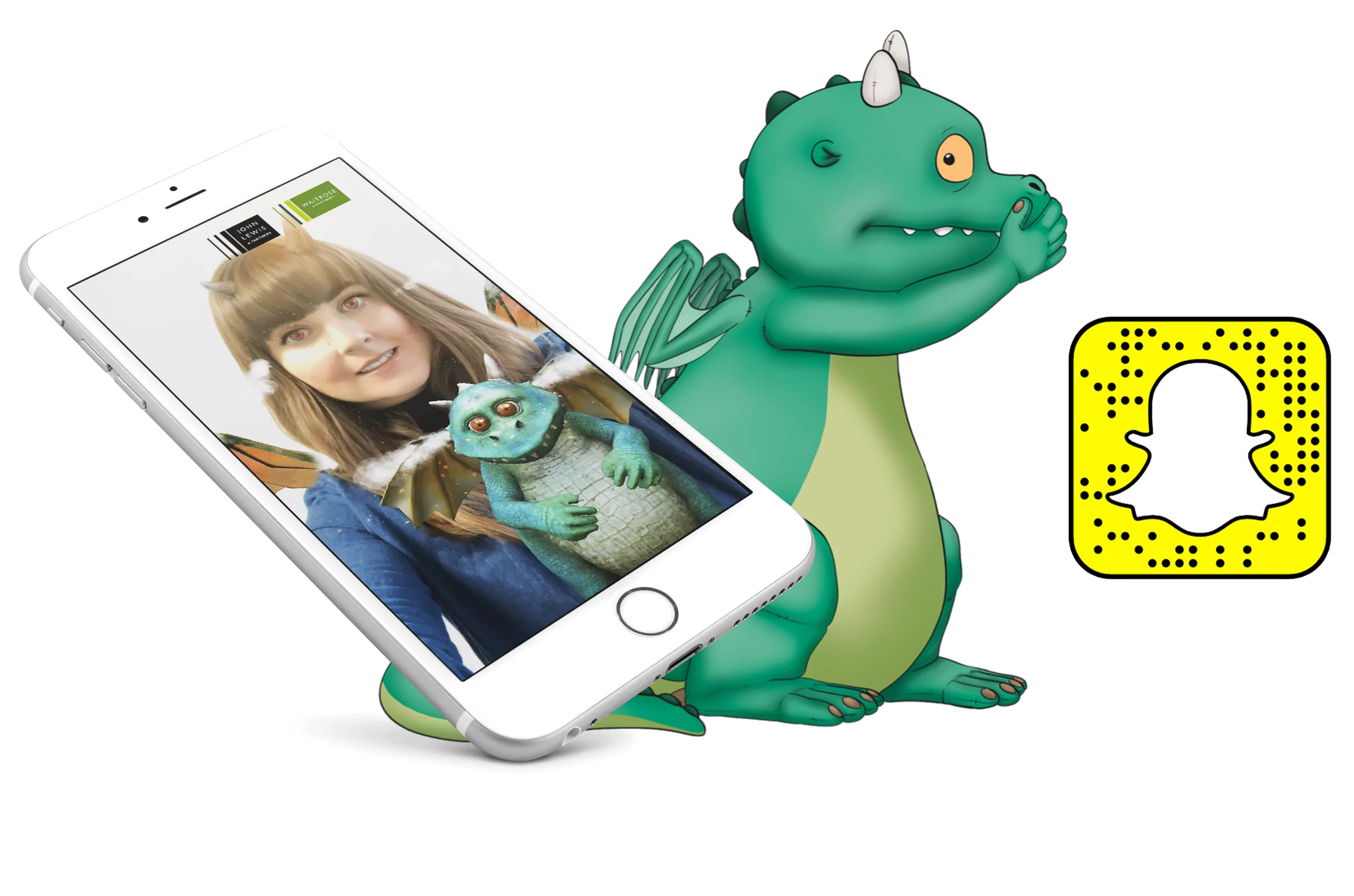
Snapchat sponsored lenses have been a massive hit amongst marketers, John Lewis have been experimenting with them in the last 3 years with their Christmas campaigns. Thanks to TikTok, Instagram Stories, and Snapchat, the demand for professionally designed, engaging AR animations will keep growing and we’ll start seeing smaller brands experimenting with them.
28. Emails will be becoming more simplistic
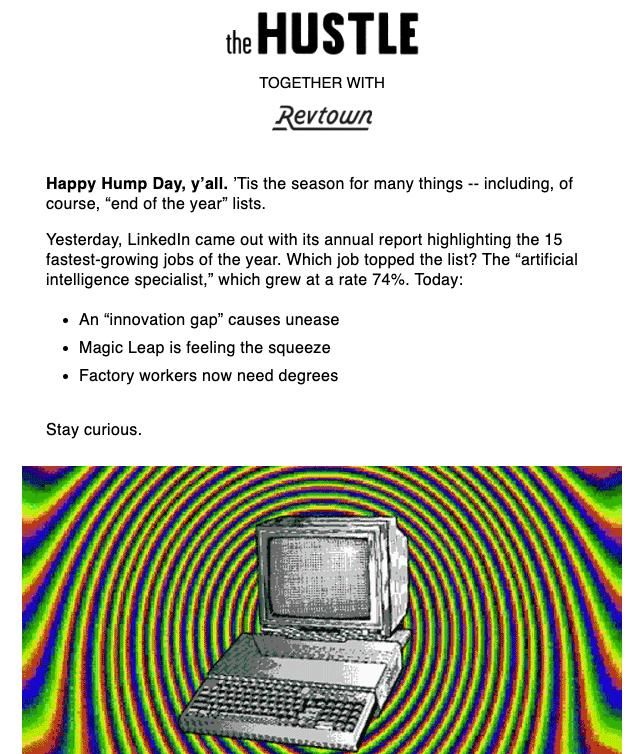
Simplistic doesn’t mean simple! Design will be passing the leading role to content, even in marketing emails, so the closer to your usual inbox it looks, the better it will be converting. Forget about flashy banners, endless images and graphics. Make them read it, so they can let you engage with them again.
Use design elements only when it’s needed to illustrate a more complex idea.
Great examples to learn from are The Hustler, Morning Brew and Single Grain (Eric Siu’s emails).
29. Futurism is making a comeback
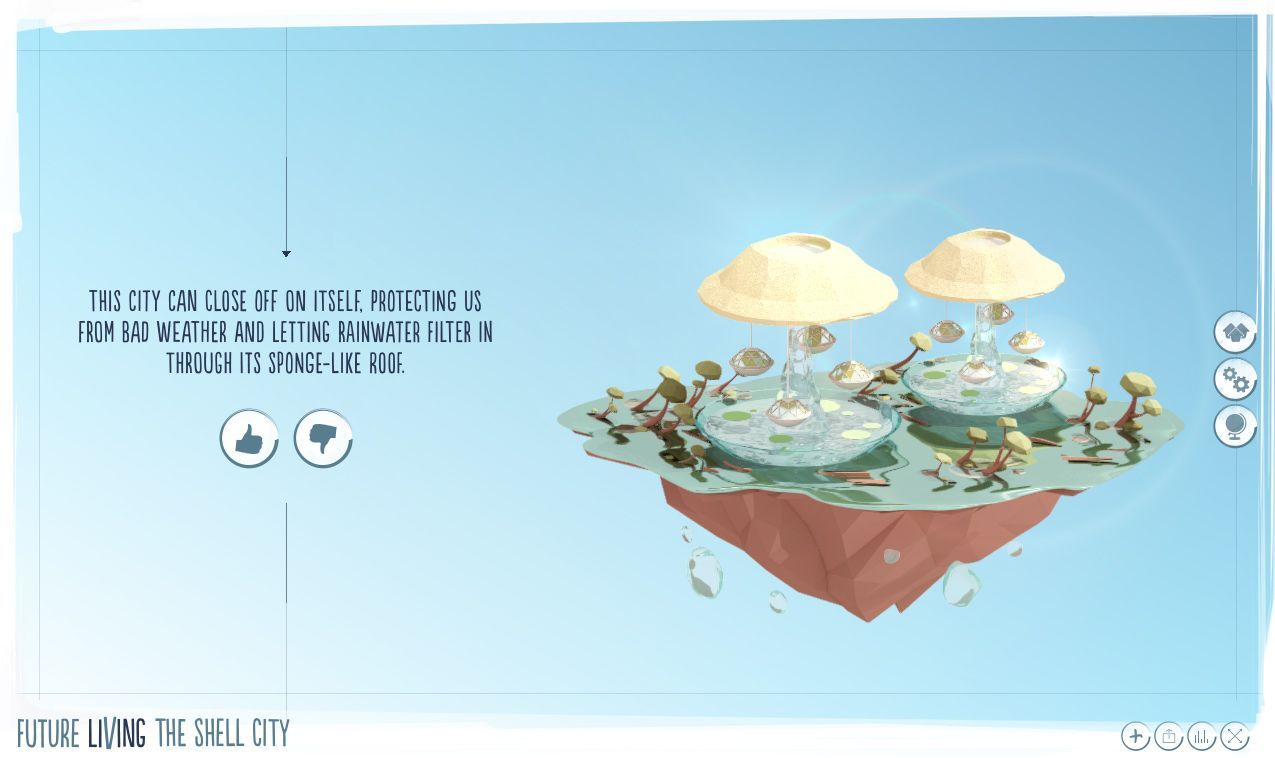
Futuristic images and illustrations, fantasy and abstract designs will have their fair share in 2020. Brands that claim that are claiming that are inventing products of the future will be especially interested in exploring this design trend and see how futuristic design can convey their message.
30. 5G will boost AR and VR
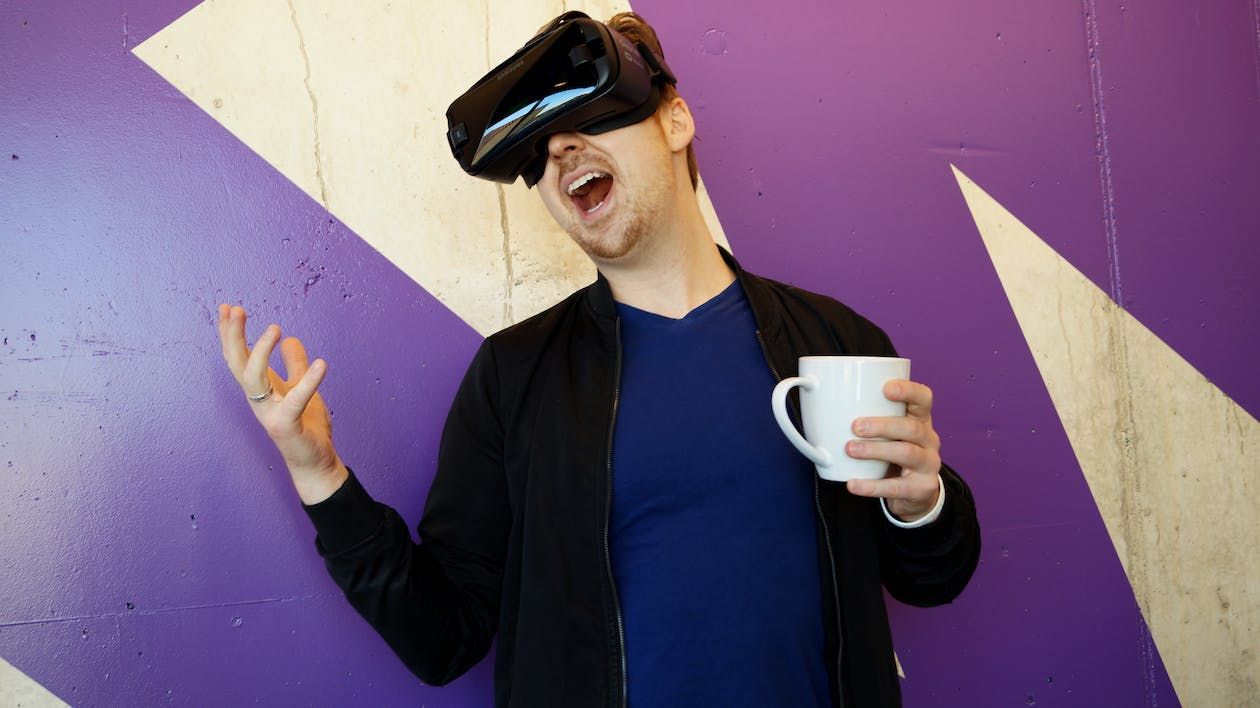
According to Forbes, the roll-out of 5G in 2020 will help VR and AR applications evolve to the next level. Experts have been saying for a few years that the AR and VR are reliant on stable and more efficient network, so it seems we’re just a few months away from the real augmented and virtual reality premiere for the mass user.























